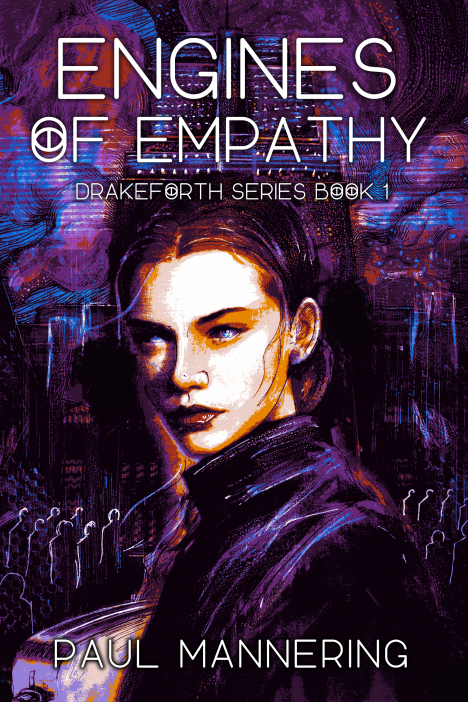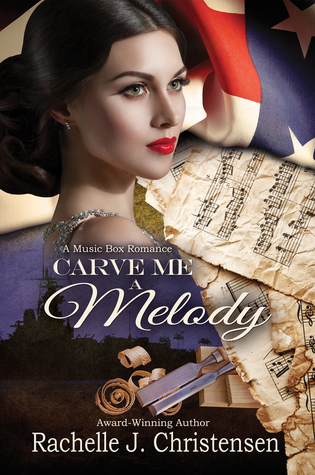A few weeks ago, I read The Wardrobe Mistress by Natalie Meg Evans, recommended this time by an Amazon algorithm rather than by a friend, and I enjoyed it.

Using a Kindle diminishes the importance of a book jacket quite a lot, so I didn’t open the book in the anticipation that I was about to embark on heart-warming romantic fiction, I just started reading a new book. I’ll get to its content in just a moment, please allow me a few more words on this ancillary point first.
I was simply checking the author’s name on her website and my eye fell on the covers of her various books (which reminded me I’d previously seen The Dress Thief mentioned, which means I’ll download the sample, which means the marketing does work, yes, I admit it.) I noticed that they conformed to the typical romance marketing rules of the most enduring sort: a portrayal of The Girl, looking demure/alluring/sassy/sweet/heroic, wearing something simple/gorgeous/stunning/folksy/magnificent/domestic. Current jacket trends now also include swirly writing (distressingly often in purple or pink) and cartoon style illustrations, a bit like the brilliant Nick Sharratt gracing the covers of Jacqueline Wilson’s children’s novels, but for grown-ups. And in case my grumbles about covers gave the wrong impression, this is what I think of romances: I love the ones I love.
So, about the story – which is set in a theatre in post-war Britain, the heroine being The Wardrobe Mistress, yes, the clue was in the name – I found that I was hooked by it. Vanessa has Mum issues and Dad issues to deal with, on top of coping with post-war grimness and rationing, and all that’s in addition to her task of pairing up with The One. The settings are sketched, not too much, which is fine. The action also jogs along nicely, revealing plot details and personality traits at appropriate times. Characters include the cast of usual suspects: Mum, Dad, the friends, the more distant relatives and acquaintances, the less closely drawn nice ones (most of the theatre staff), and nasty ones (most of the theatre owners, relatives of the late founder). There was also a more unusual addition, with an endearing three-legged dog who is the theatre mascot. He too (I forget the dog’s name but he’s definitely a “he” not an “it”) has served in the war, which is the new manager’s principal criterion for hiring staff, Vanessa included of course.
Things happen, there are revelations and a couple of twists are presented then unravelled towards the end. All good stuff, in fact. To end on a slightly less flippant note, I would like to say that the almost-meeting between Vanessa and … is a very well executed and exploited ploy and shapes the novel nicely.
Share this:- More






